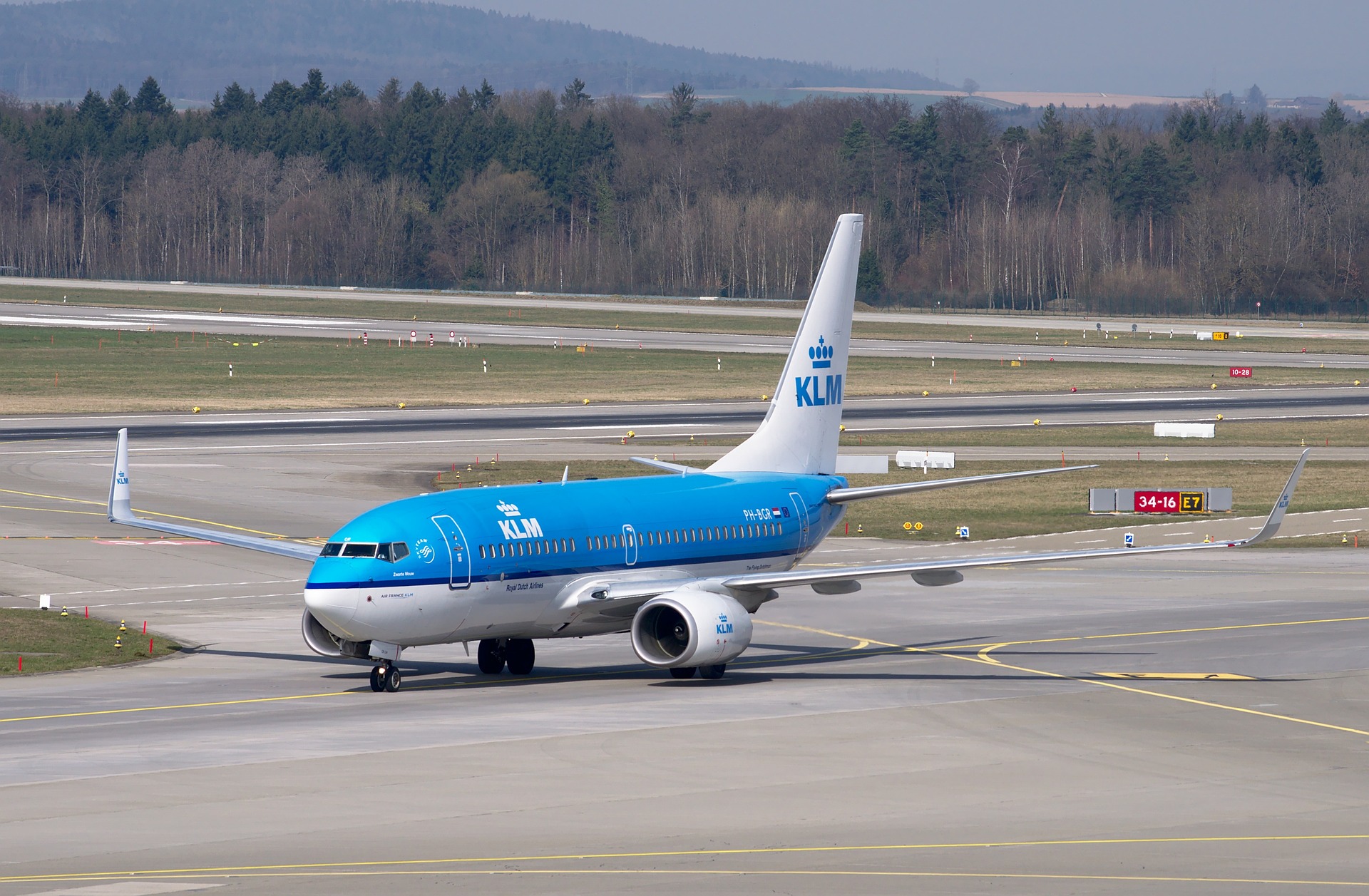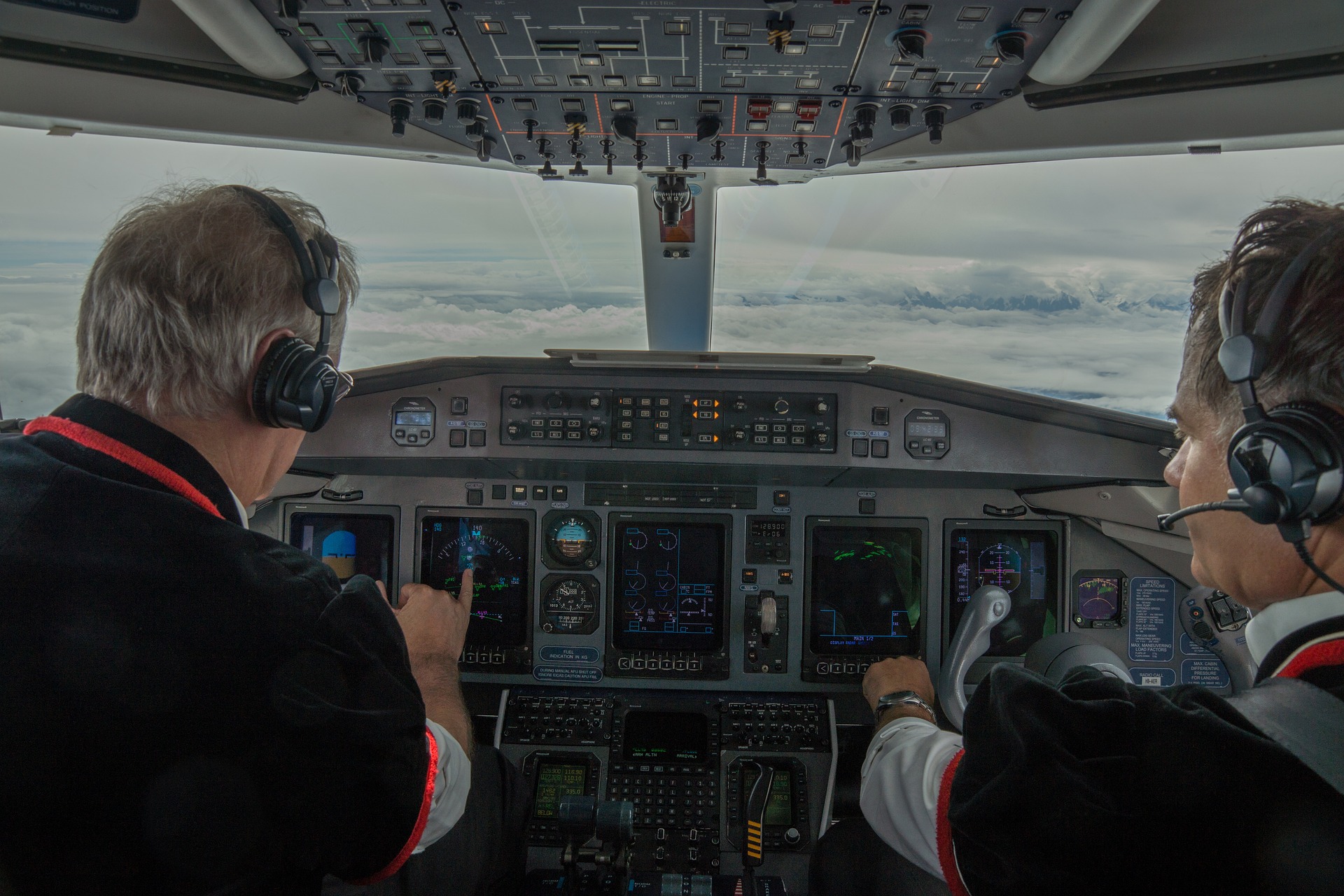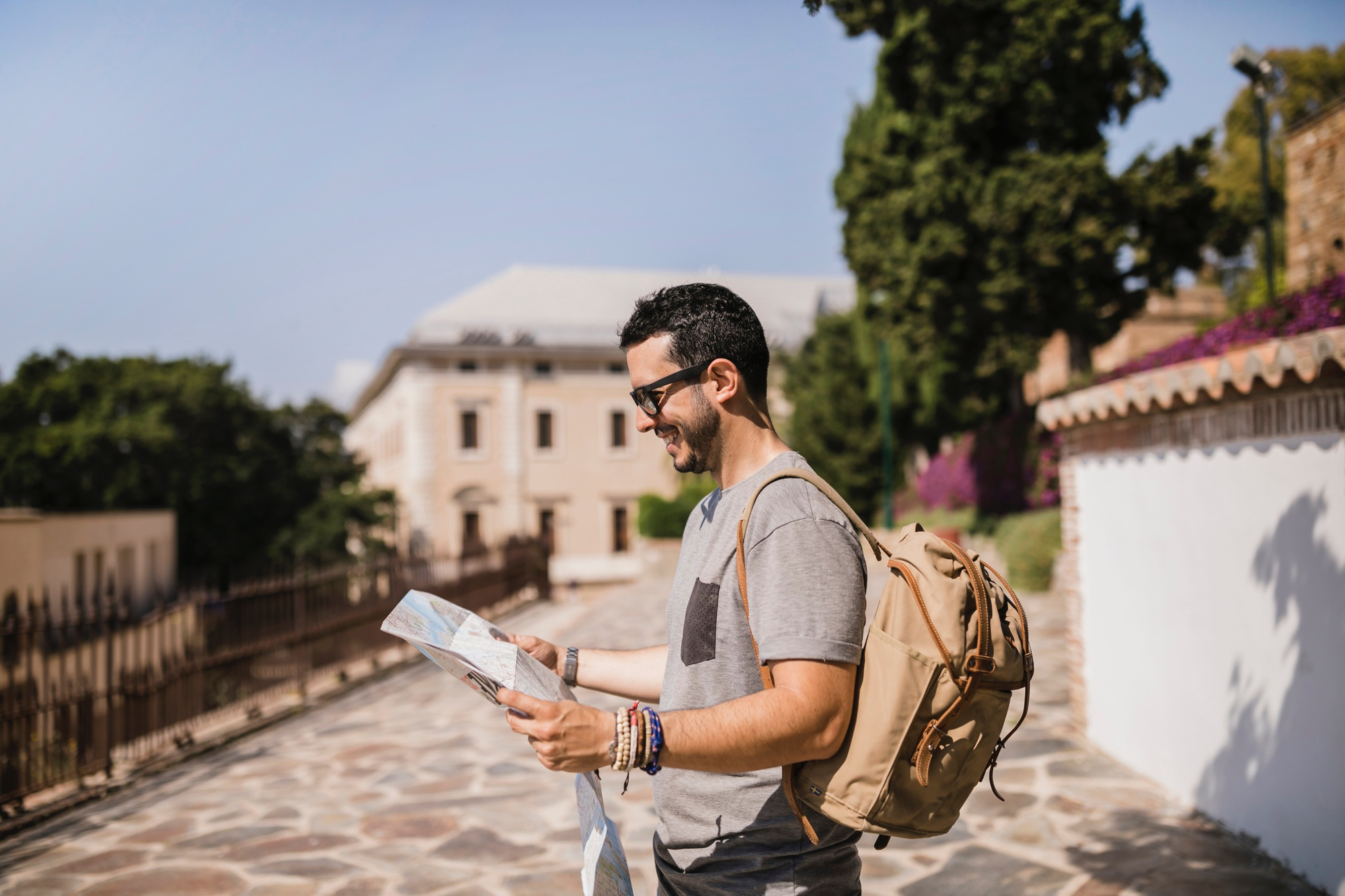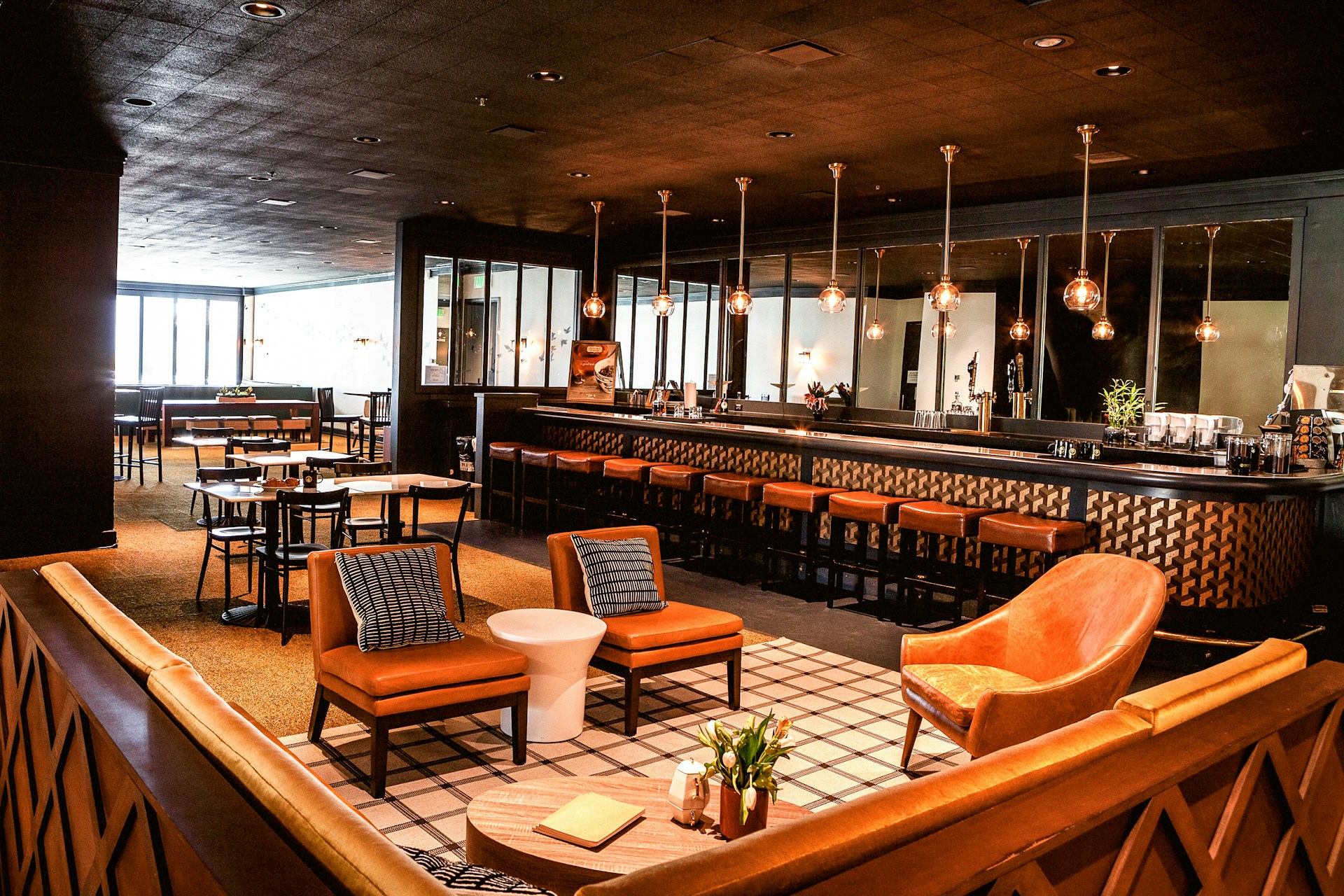The Tenerife airport disaster, which happened on March 27, 1977, at Los Rodeos Airport (now called Tenerife North Airport), on the Canary Islands in Spain, is definitely one of the biggest plane crashes ever recorded in history.
The accident involved two massive Boeing 747 jumbo jets, which were also the biggest planes of their time. It was caused by a series of unfortunate events and miscommunications that led to the collision of the aircraft on the runway, causing a massive loss of life.

It was reported that these two planes, KLM Flight 4805 and Pan Am Flight 1736, were at the airport at the same time. It was a foggy day, which caused poor visibility, and air traffic control wasn’t very clear about what was happening.
The KLM flight was preparing for takeoff, while at the same time, the Pan Am flight was taxiing on the runway. The dense fog severely limited visibility, making it difficult for the pilots to see each other and for air traffic control to manage the aircraft.
There was also miscommunication between the KLM and Pan Am crews, along with unclear instructions from air traffic control, which ultimately led to a tragic error, as the KLM aircraft began to lift while the Pan Am plane was still on the runway.
The KLM plane, accelerating for takeoff, struck the Pan Am aircraft, resulting in a massive fireball. The collision caused devastating damage and left little chance for survival.
Out of the 644 people on both planes, 583 lost their lives. All 248 passengers and crew on the KLM flight perished, along with 335 of the 396 passengers and crew on the Pan Am flight. Miraculously, 61 survivors were rescued from the Pan Am plane.
After the disaster, investigations revealed that human errors, miscommunications, and poor visibility were the main causes of the accident.
This led to major changes in aviation safety procedures, especially regarding how pilots communicate with air traffic control. New protocols and systems were put in place to ensure that such a miscommunication would not happen again.
It was a hard lesson, but it helped make air travel much safer in the long run. Here are some of the improvements it led to;
One big lesson from the Tenerife disaster was the need for clearer communication. Pilots and air traffic controllers now use specific phrases to make sure they understand each other perfectly.
Before, there was a lot of confusion about what was being said, especially in stressful situations. Now, there are set phrases and procedures that everyone follows, which helps prevent misunderstandings and mistakes.

The accident showed that pilots and air traffic controllers needed better training. Today, they undergo more detailed and practical training.
They practice handling emergencies and learn how to stay calm and communicate clearly, even when things go wrong. This thorough training helps them manage difficult situations better and make quick, correct decisions.
After the disaster, airports started focusing on better designs to prevent accidents on the ground. They now have clearer signs and better layouts to keep planes from being on the runway when they shouldn’t be.
There are also stricter rules about how and where planes can move around, which helps avoid collisions. The goal is to make sure planes and airport workers are always in the right place and avoid any mix-ups.
Technology has played a huge role in making flying safer. New radar systems and collision avoidance technology help pilots and air traffic controllers see and track planes more effectively, even in poor visibility. These systems can warn pilots if another plane is too close, which helps prevent crashes.
Another important change was in how emergencies are handled. After the disaster, new procedures were put in place for dealing with emergency situations, ensuring that everyone know exactly what to do in case something goes wrong, which helps keep everyone safe.


If you want the latest information on the best Hotel Executive Club Lounges, Hotel Kids Clubs and other travel information, be sure to sign up for our free newsletter full of tips and great travel ideas.